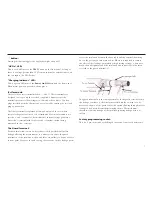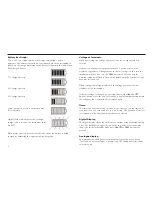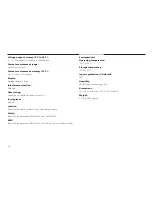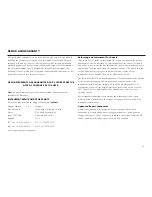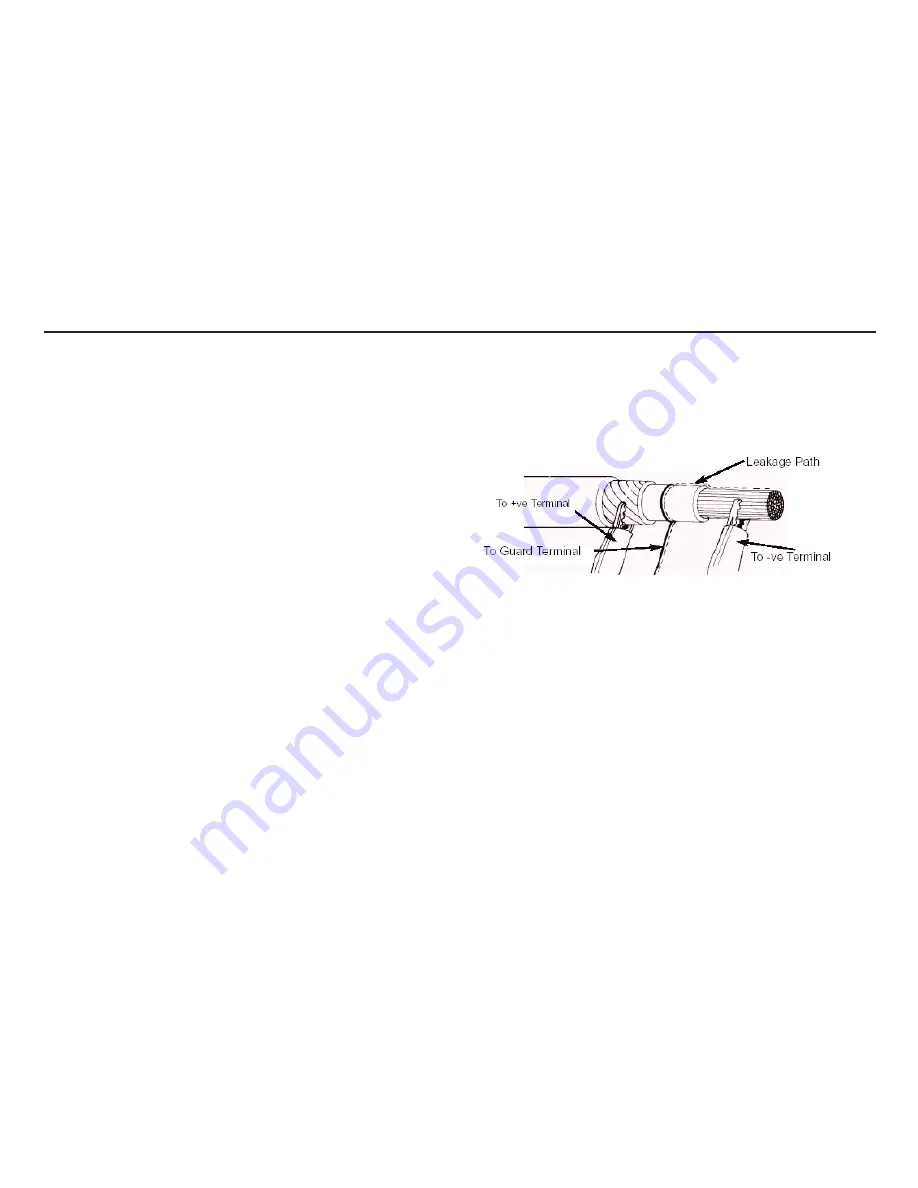
across the insulation between the bare cable and the external sheathing
due to the presence of moisture or dirt. Where it is required to remove
the effect of this leakage, particularly at high testing voltages, a bare wire
may be bound tightly around the insulation and connected via the third
test lead to the guard terminal ‘G’.
The guard terminal is at the same potential as the negative terminal. Since
the leakage resistance is effectively in parallel with the resistance to be
measured, the use of the guard causes the current flowing through surface
leakage to be diverted from the measuring circuit. The instrument
therefore reads the leakage of the insulator, ignoring leakage across its
surface.
Factory programming socket:
This is a 9 pin socket under the hinged cover and is not for customer use.
B
button:
Pressing this button toggles the display backlight on and off.
"HV On" LED:
This is a red LED next to the
TEST
button on the front panel. As long as
there is a voltage greater than 50 V, from an internal or external source, on
the test inputs, the LED flashes.
"Charging Indicator" LED:
This is a green LED next to the
Power On/Off
button on the front panel.
When mains power is present it shows green.
Test Terminals:
There are three test terminal , - and G. These terminals are
designed to accept only the test leads supplied. Shutters across the
terminals prevent accidental ingress of dirt and other objects. Test lead
plugs interlock with the shutters and are released by rotating the test lead
plug a quarter turn.
The Guard terminal is explained below and only used in cases where
surface leakage currents need to be eliminated. Most measurements use
just the + and – terminals. The instrument’s internal voltage generator
drives the + terminal with respect to the – terminal, current being
measured in the – terminal.
The Guard Terminal:
For basic insulation tests and where there is little possibility of surface
leakage affecting the measurement, it is unnecessary to use the guard
terminal i.e. if the insulator is clean and there are unlikely to be any adverse
current paths. However in cable testing, there may be surface leakage paths
7
Содержание MIT510
Страница 1: ...M MIT510 5kV Digital Insulation Tester USER MANUAL...
Страница 13: ......







